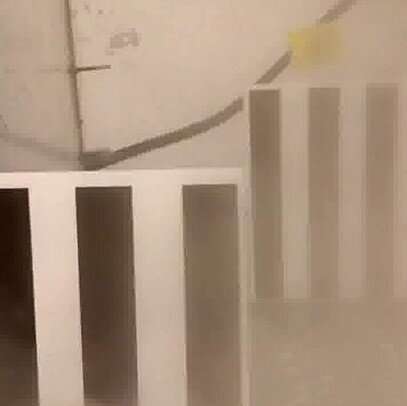Real-time imaging can help prevent deadly dust explosions

Dust explosions can be among the most dangerous and costly workplace incidents. Dust builds up in agricultural, powder-handling or manufacturing settings, causing hazards to employees and posing the risk of exploding.
Researchers at Purdue University have developed an image- and video-based application using OpenCV algorithms that detect explosible suspended dust concentration.
The Purdue team's work is published in the Journal of Loss Prevention in the Process Industries.
The app uses a camera or a video recording device to image and determine suspended dust, as well as accurately distinguish it from normal background noise.
"Determining suspended dust concentration allows employers to take appropriate safety measures before any location within the industry forms into an explosive atmosphere," said Kingsly Ambrose, an associate professor of agricultural and biological engineering who leads the research team. "I believe this technology could help prevent dust explosions and will be of great benefit to the industry."
Ambrose said current technology for detecting dust levels is inconvenient because it is expensive, difficult to install in a workspace and separates dust matter into multiple filters that must be weighed and further manipulated for analysis.
Ambrose said that in testing, the algorithm successfully recognized 95% of saw dust and 93% of cornstarch particulates in the air.
"This technology is unique because it is easy to use without extended training, location independent and does not require permanent installations," Ambrose said.
More information: Yumeng Zhao et al, A real-time method for sensing suspended dust concentration from the light extinction coefficient, Journal of Loss Prevention in the Process Industries (2020). DOI: 10.1016/j.jlp.2020.104242
Ambrose and the team have worked with the Purdue Research Foundation Office of Technology Commercialization to patent the technology. They are looking to license it and are seeking collaborators for further development. For more information, contact Abhijit Karve of OTC at aakarve@prf.org and reference track code 2020-AMBR-68881.
Provided by Purdue University
No comments:
Post a Comment